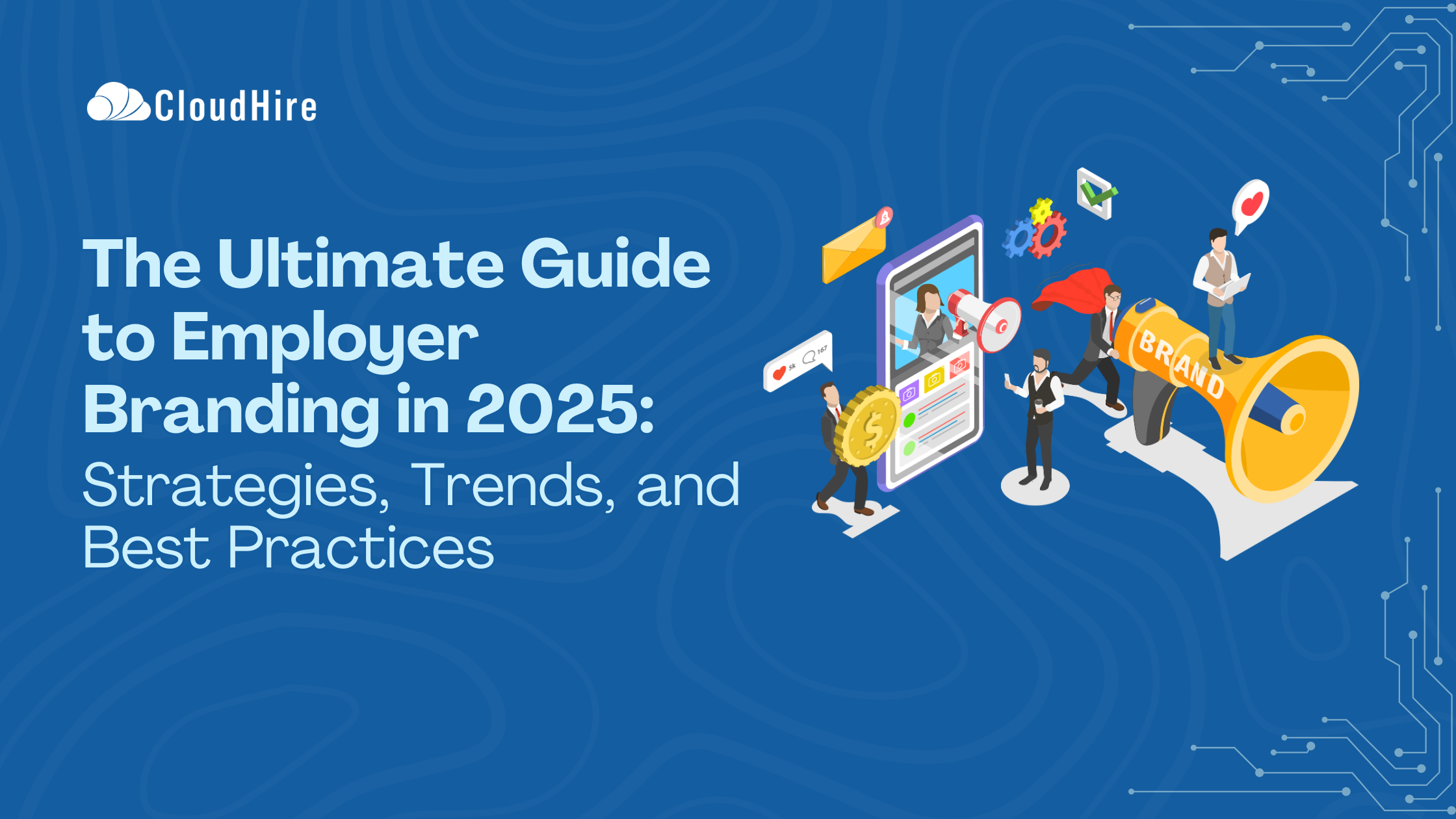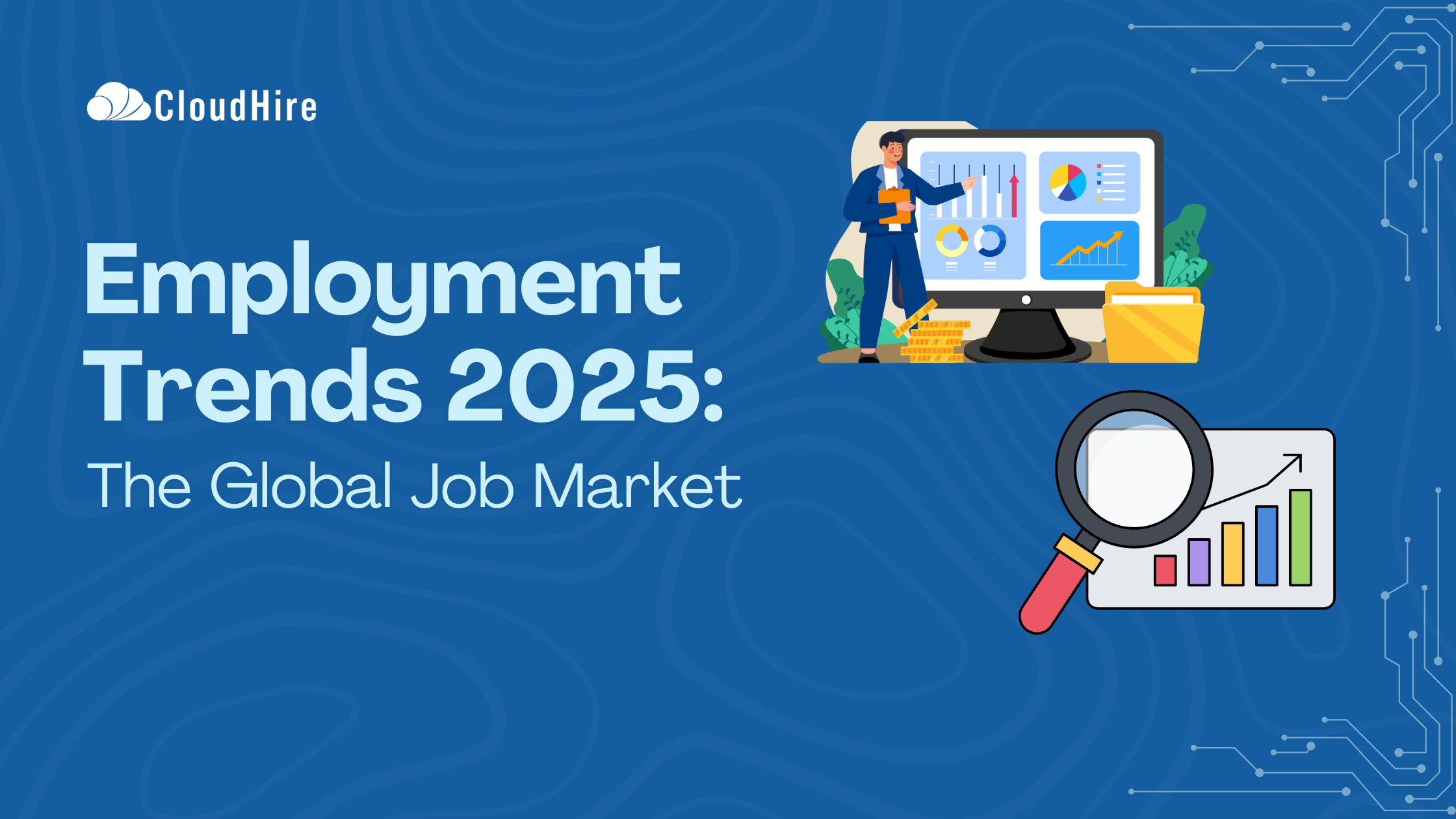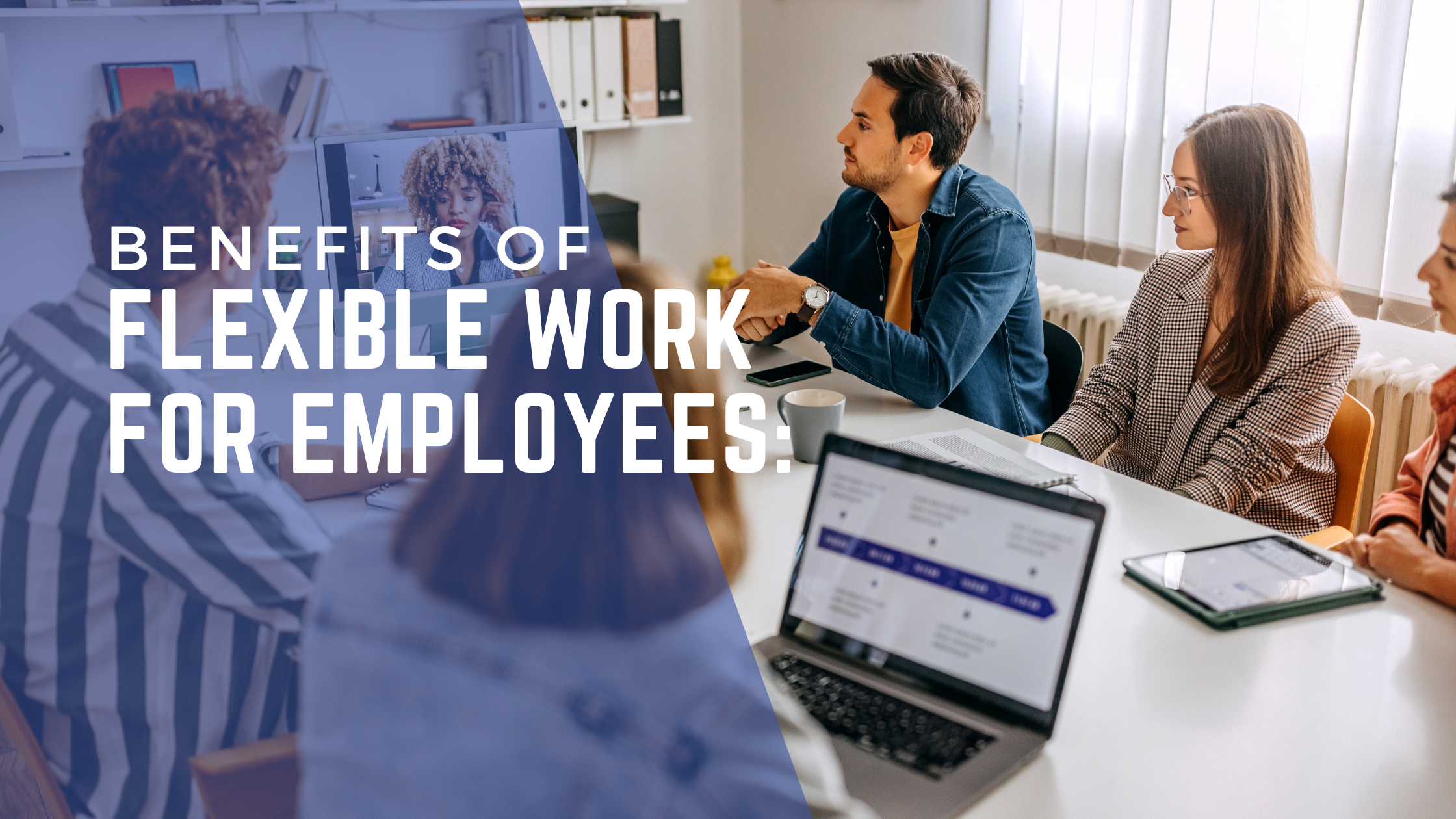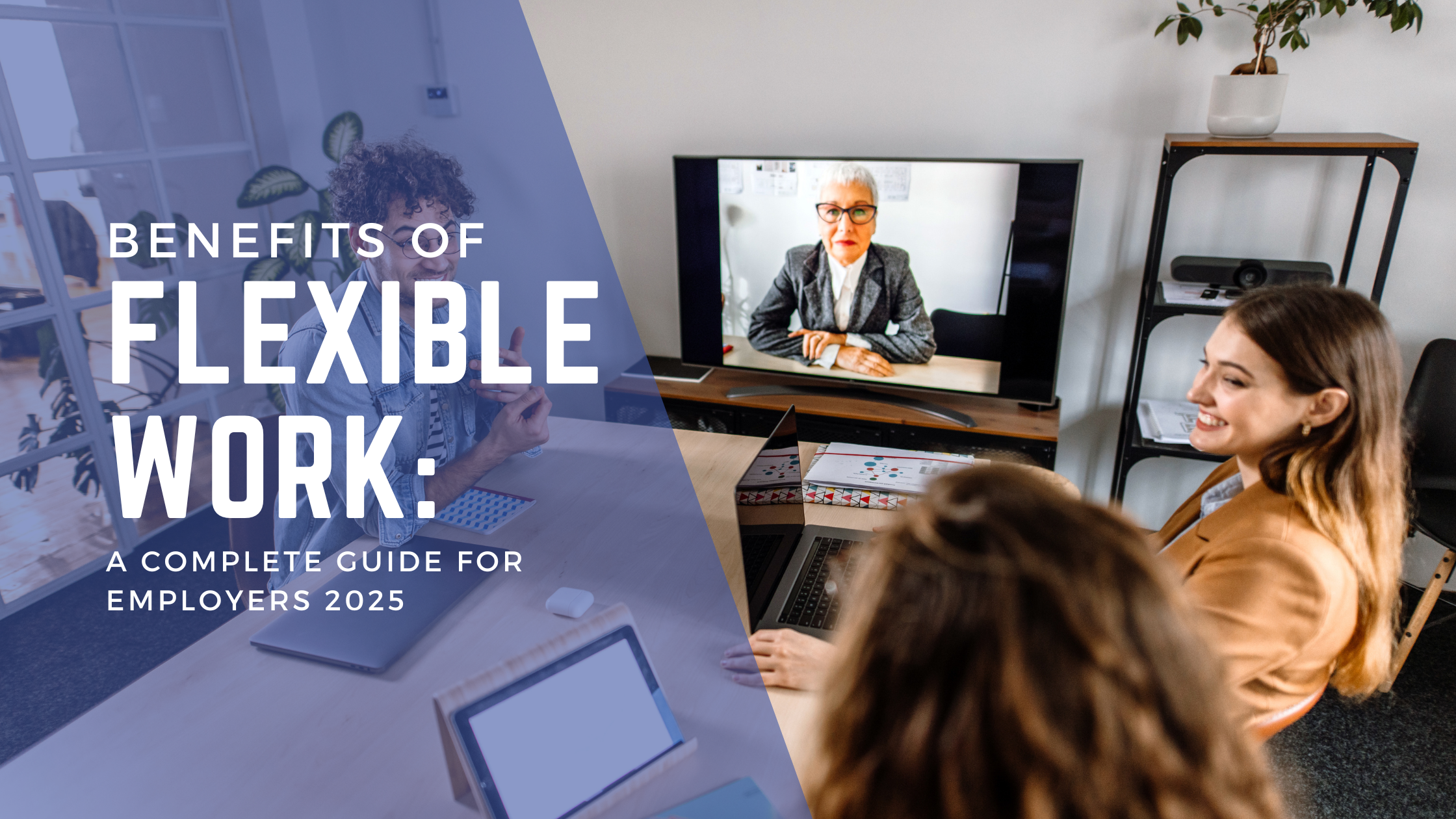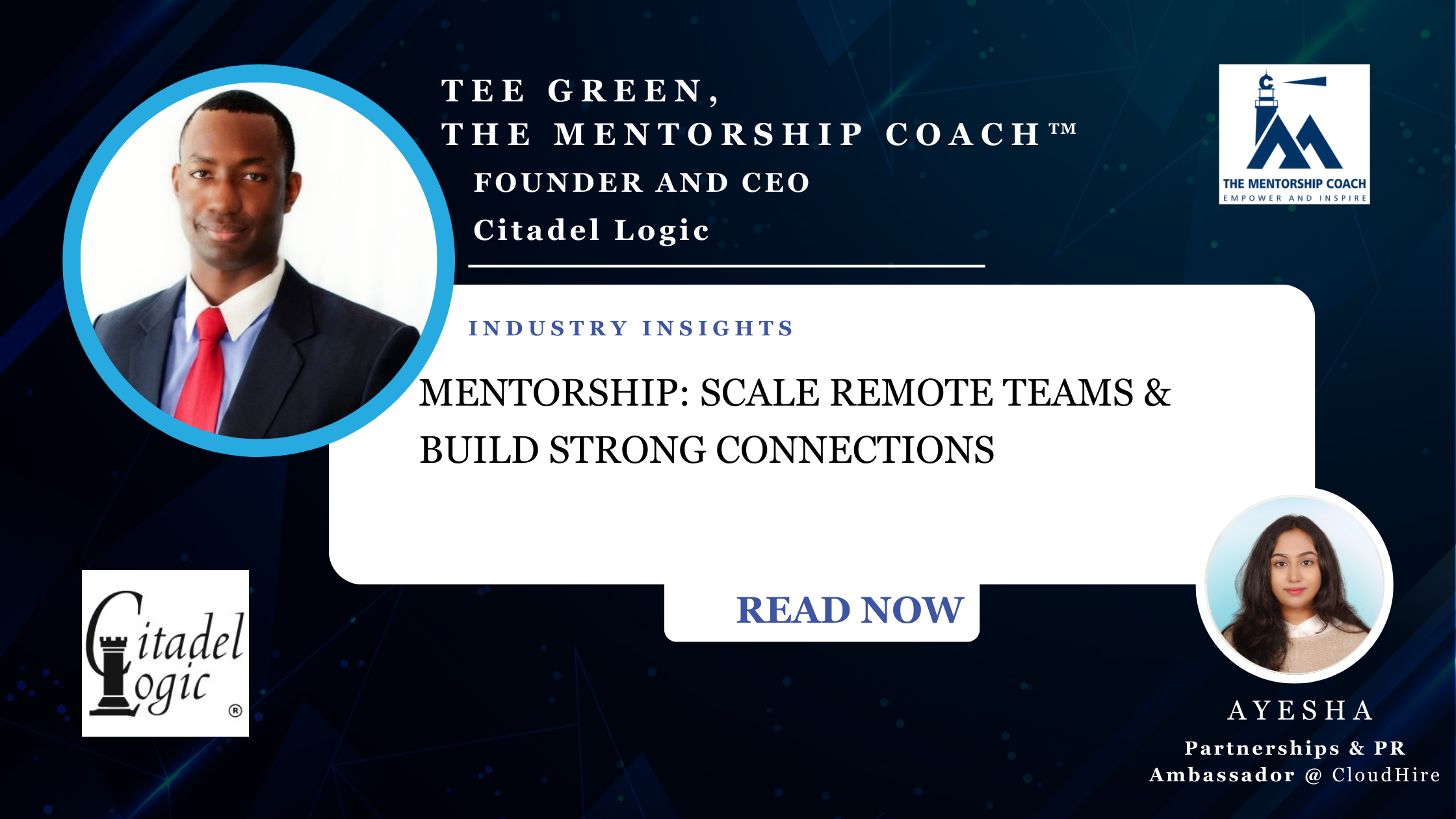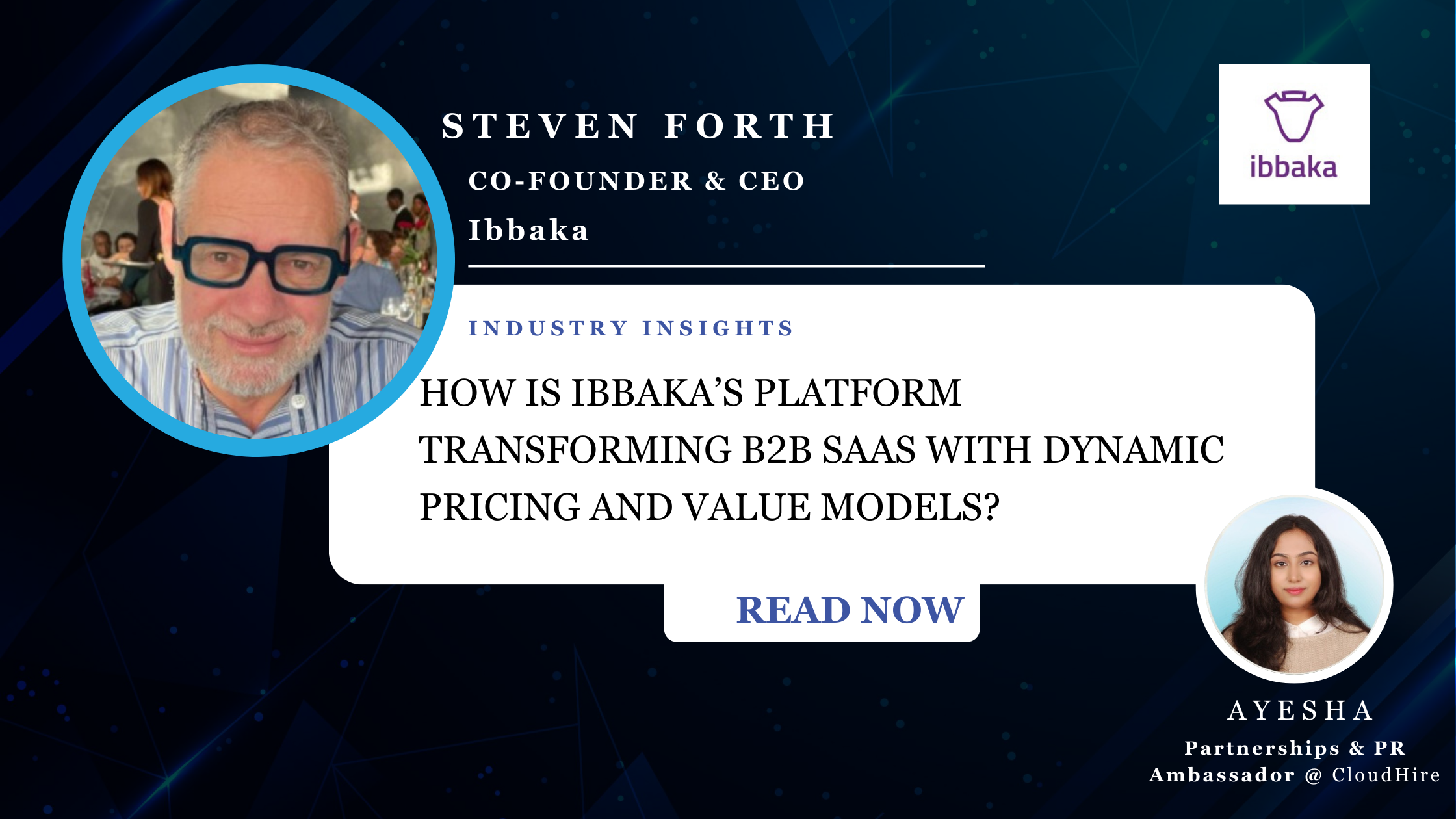Introduction
Entering 2025, employer branding has become more crucial than ever for organizations worldwide. This comprehensive guide explores the latest developments in employer branding 2025, offering actionable insights for companies looking to strengthen their position as employers of choice.
What is Employer Branding in 2025?
The concept of employer branding in 2025 has evolved significantly from its traditional roots. According to LinkedIn’s Global Talent Trends Report, 75% of job seekers now consider an employer’s brand before applying for positions. Modern employer branding encompasses digital presence, employee experience, and authentic storytelling through multiple channels.
The Evolution of Employer Branding (2020-2025)
The journey to employer branding 2025 has been marked by significant shifts. Deloitte’s Human Capital Trends reveals that 86% of organizations have substantially revised their employer branding strategies since 2020. The pandemic’s lasting impact has transformed how companies project themselves to potential employees.
Key Components of Modern Employer Branding
1. Digital Presence and Social Media Strategy
According to SHRM research, 79% of candidates use social media in their job search. Companies like Microsoft have revolutionized their approach, creating immersive digital experiences that showcase their culture. Their #MicrosoftLife campaign generates over 2 million engagements monthly across platforms.
2. Employee Value Proposition (EVP)
Glassdoor’s 2025 Employer Branding Statistics indicate that companies with strong EVPs see a 50% reduction in cost-per-hire. Salesforce, for example, has built its EVP around the concept of “Ohana” (family), resulting in a 28% increase in qualified applications.
3. Company Culture and Values
Harvard Business Review reports that 73% of Gen Z workers prioritize company values when choosing employers. Google’s transparent approach to sharing its culture has made it a benchmark for employer branding 2025 strategies.
Technology Trends Shaping Employer Branding in 2025
1. AI-Powered Employer Branding Tools
The implementation of AI in employer branding 2025 has transformed candidate engagement. GitLab’s AI-driven employer branding platform analyzes candidate interactions and automatically adjusts messaging, resulting in a 40% improvement in application quality.
2. Virtual Reality in Recruitment
Companies like JPMorgan Chase have pioneered VR office tours, allowing candidates to experience their workplace culture virtually. According to PwC’s Technology in HR report, 65% of large organizations now use VR in their employer branding initiatives.
3. Employee Experience Platforms
Workday’s research shows that integrated employee experience platforms have become central to employer branding 2025 strategies, with 82% of Fortune 500 companies investing in these technologies.
Measuring Employer Branding Success
- Key Performance Indicators (KPIs)
McKinsey’s employer branding framework suggests monitoring:
– Application quality score (up 35% industry-wide since 2023)
– Employee referral rates (increased by 45% in companies with strong brands)
– Social media engagement metrics
– Employer review ratings - ROI Measurement
According to LinkedIn’s Employer Brand Statistics, companies with strong employer branding in 2025 see:
– 50% reduction in cost-per-hire
– 28% reduction in turnover
– 50% more qualified applicants
Employer Branding in 2025 – Best Practices
- Authentic Storytelling: Share employee experiences through multiple channels
- Create employee spotlight series featuring day-in-the-life content
- Develop video testimonials from diverse team members
- Leverage platforms like LinkedIn, Instagram, and TikTok for behind-the-scenes content
- Example: Adobe’s #AdobeLife campaign generates 200% more engagement than traditional job posts by featuring real employee stories across platforms
- Data-Driven Approach: Use analytics to refine branding strategies
- Implement AI-powered sentiment analysis of employee feedback
- Track candidate journey touchpoints
- Monitor social media engagement metrics
- Example: IBM uses predictive analytics to identify which employer branding content resonates best with different demographic groups, resulting in a 45% increase in qualified applications
- Consistent Message: Align external and internal communications
- Develop a comprehensive employer brand playbook
- Create content guidelines for all channels
- Ensure recruitment materials match the internal culture
- Example: Netflix’s culture deck serves as both an internal guide and an external branding tool, maintaining message consistency across all platforms
- Cultural Integration: Embed employer brand in company culture
- Train managers on brand ambassador responsibilities
- Include employer brand elements in onboarding
- Align performance metrics with brand values
- Example: Patagonia’s environmental mission is reflected in both their employer brand and daily operations, including paid environmental activism time for employees
Common Challenges and Solutions
- Challenge: Digital Overload
- Issue: Candidates overwhelmed by multiple digital touchpoints
- Impact: 67% of job seekers report digital fatigue during job search (LinkedIn, 2025)
Solution: Focus on quality over quantity in content
- Implement content calendars with strategic posting schedules
- Create multi-purpose content that works across platforms
- Use AI to determine optimal posting times and frequencies
- Example: HubSpot’s focused approach of one high-quality piece per week instead of daily posts resulted in 3x higher engagement
- Challenge: Authenticity
- Issue: Maintaining genuine communication while managing brand image
- Impact: 82% of candidates can detect “manufactured” employer branding (Glassdoor, 2025)
Solution: Employee advocacy programs
- Implement structured advocacy programs with clear guidelines
- Provide content creation training for employees
- Offer incentives for authentic sharing
- Example: Cisco’s WeAreCisco ambassador program involves 2000+ employees sharing authentic workplace stories, reaching millions organically
- Challenge: Measuring Impact
- Issue: Difficulty in quantifying employer branding ROI
- Impact: 45% of companies struggle to measure employer branding effectiveness
Solution: Implement comprehensive analytics frameworks
- Track specific metrics:
- Time-to-hire reduction
- Quality-of-hire improvement
- Employee referral rates
- Employer review ratings
- Social media engagement
- Example: L’Oréal’s employer branding analytics dashboard combines 15 different metrics to provide a holistic view of brand performance
- NEW Challenge: Technology Integration
- Issue: Balancing human touch with automation
- Impact: 55% of candidates prefer human interaction during recruitment
Solution: Hybrid Approach
- Implement AI for initial screening and data analysis
- Reserve human interaction for key touchpoints
- Create personalized automated responses
- Example: Microsoft’s hybrid approach uses AI for initial candidate engagement while ensuring human connection for critical interactions, resulting in 40% higher candidate satisfaction
Future of Employer Branding: 2025 and Beyond
The trajectory of employer branding beyond 2025 points toward increased personalization and AI integration. Organizations must stay agile and adapt to emerging technologies while maintaining human connection.


